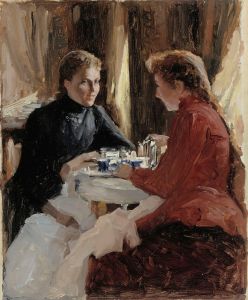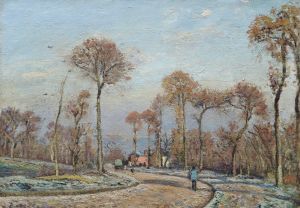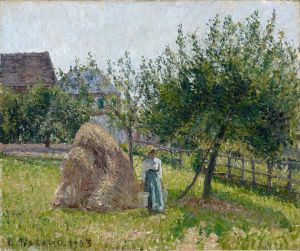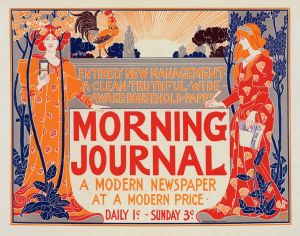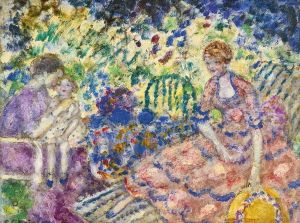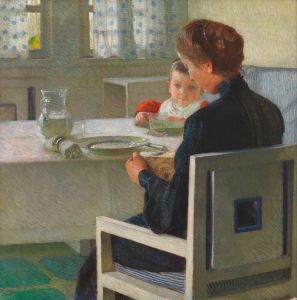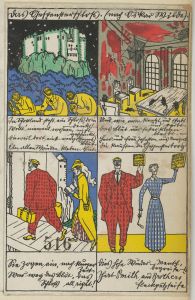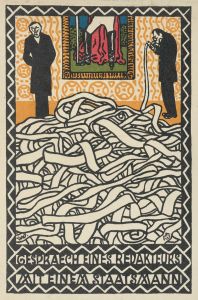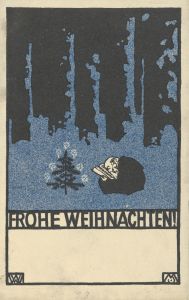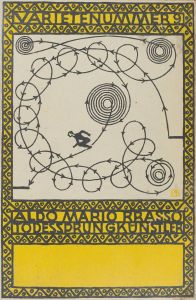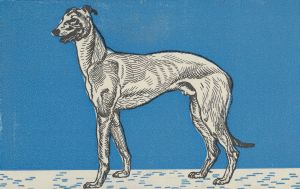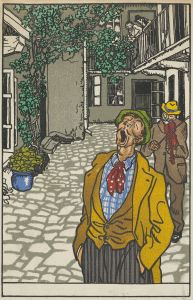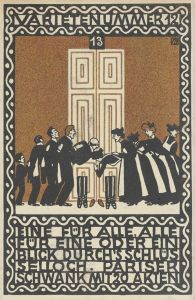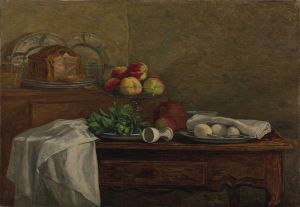
Frühstück
A hand-painted replica of Moriz Jung’s masterpiece Frühstück, meticulously crafted by professional artists to capture the true essence of the original. Each piece is created with museum-quality canvas and rare mineral pigments, carefully painted by experienced artists with delicate brushstrokes and rich, layered colors to perfectly recreate the texture of the original artwork. Unlike machine-printed reproductions, this hand-painted version brings the painting to life, infused with the artist’s emotions and skill in every stroke. Whether for personal collection or home decoration, it instantly elevates the artistic atmosphere of any space.
Moriz Jung was an Austrian artist known for his contributions to the Wiener Werkstätte, a community of visual artists in Vienna, Austria, that was established in 1903. The Wiener Werkstätte was a productive collective that sought to bring together architects, artists, and designers to create a new aesthetic that combined fine and applied arts. Jung, born in 1885, was a part of this movement and contributed significantly to its graphic arts division.
One of Jung's notable works is "Frühstück," which translates to "Breakfast" in English. This piece exemplifies the style and ethos of the Wiener Werkstätte, characterized by its emphasis on craftsmanship, simplicity, and the integration of art into everyday life. The Wiener Werkstätte artists often focused on creating works that were both functional and beautiful, and Jung's "Frühstück" is a reflection of these principles.
"Frühstück" is a woodcut print, a medium that Jung frequently employed. Woodcut printing involves carving an image into the surface of a block of wood, with the raised areas representing the parts that will be inked and printed. This technique allows for bold contrasts and a distinctive graphic quality, which Jung used to great effect in his work. His prints often featured strong lines and a clear, direct style that was both modern and accessible.
The subject matter of "Frühstück" is a simple, everyday scene, capturing the essence of a breakfast setting. This focus on ordinary life is typical of Jung's work, as he often drew inspiration from the world around him, depicting scenes that were familiar and relatable to his audience. The composition of "Frühstück" reflects the influence of the Jugendstil movement, the German counterpart to Art Nouveau, which emphasized organic forms and a harmonious balance between function and form.
Jung's work, including "Frühstück," is noted for its clarity and precision. His ability to distill scenes into their essential elements without losing their vibrancy or impact is a testament to his skill as an artist. The simplicity of his compositions belies the complexity of their execution, as each line and shape is carefully considered to contribute to the overall effect.
Tragically, Moriz Jung's career was cut short when he died in 1915 during World War I. Despite his brief career, his contributions to the Wiener Werkstätte and the field of graphic arts have left a lasting impact. His works, including "Frühstück," continue to be appreciated for their artistic merit and their embodiment of the ideals of the Wiener Werkstätte.
Today, Jung's prints are held in various collections and continue to be studied for their innovative approach to design and their role in the development of early 20th-century art. "Frühstück" remains a significant example of his work, illustrating both his individual talent and the broader artistic movements of his time.





